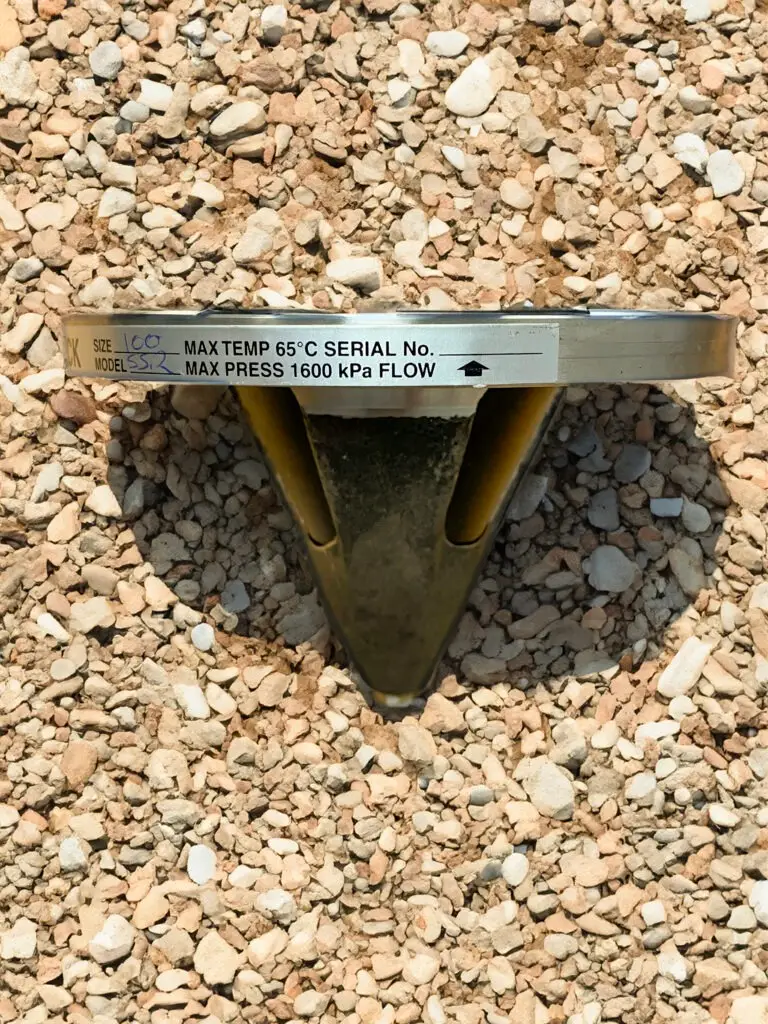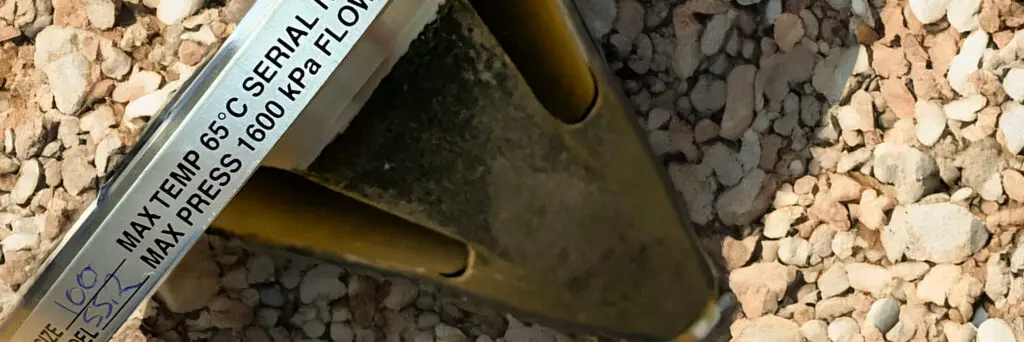Cone-check valves featuring rubber-coated sealing elements are particularly suitable for entrained solids applications. Unlike metal-to-metal face seals that can be compromised by grit, Cone-check valves maintain effective sealing even in the presence of solids. Here are several examples illustrating the versatility and effectiveness of Cone-check valves across various industrial applications.
Use in Sewerage Treatment Systems

A local council in Hobart frequently experienced failures with swing check valves in its sewerage treatment system. The non-return valves previously used would often jam open, failing to prevent the backflow of primarily screened sewerage under a 30-meter head. With their non-clog design and reliable sealing capability, the installation of 200mm Stainless Steel Cone-check valves resolved this issue.
Industrial Uses
In a wool scouring plant dealing with highly corrosive water and entrained matter, flap-type check valves frequently fail due to their mechanical parts, such as springs and shafts. Cone-check valves, with no mechanical parts and large apertures, proved effective in this challenging environment, maintaining performance and durability.
Foot Valve Applications
Cone-check valves have demonstrated reliability in foot valve applications across various industrial systems. Their success can be attributed to:
- Low Head Sealing:
- 100mm Cone-check: drop tight at 12 kPa (1.2 meters head)
- 150mm Cone-check: drop tight at 20 kPa (2.0 meters head)
- 200mm Cone-check: Drop tight at 30 kPa (3.0 meters head)
- Resistance to Clogging: Cone-check valves do not readily clog with debris.
- Extended Life: The rubber sealing elements ensure continued sealing even with solids present and worn valve bodies, extending the valve’s helpful life in demanding applications.
Slurry Pumping Example
A nickel concentrator required a non-return valve for a concentrate discharge line. After other valves failed, a 316SS Cone-check valve was installed and operated successfully for nine months until the circuit was redesigned. In a Western Australian goldmine, Cone-check valves (100mm & 150mm) have effectively handled mine water with 7% solids for over two years, demonstrating their longevity and reliability.
Ocean Dredging
A Newcastle-based ocean dredging company faced short lifespans (three months) for other check valves due to vibration, seawater, and sand. The initial installation of 100mm iron-bodied Cone-check valves impressed the company when they lasted 12 months. Following the failure of a 450mm check valve, a cluster arrangement of four 200SGR Cone-check valves was successfully implemented, proving highly effective.
Hypersaline Water
In conditions with high TDS (Totally Dissolved Solids), valve mechanical parts can seize. Cone-check valves excel in these environments. A goldmine using a 150mm Cone-check valve in a pipeline returning water from a tailings dam continued to function correctly despite significant calcification and accretion buildup.
Conclusion
Cone-check valves, with their robust design and reliability in handling entrained solids, are invaluable for various industrial applications. Whether in sewerage systems, industrial environments, slurry pumping, ocean dredging, or handling hypersaline water, Cone-check valves consistently deliver adequate performance and extended lifespan.
John Valves can supply these valves for your project. Contact us for further information.

